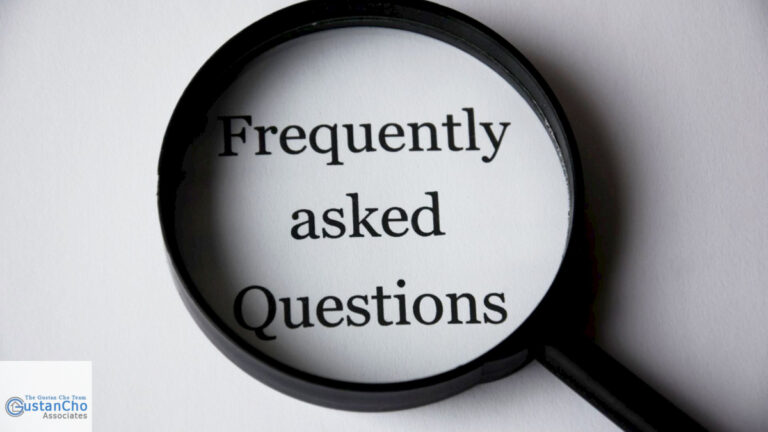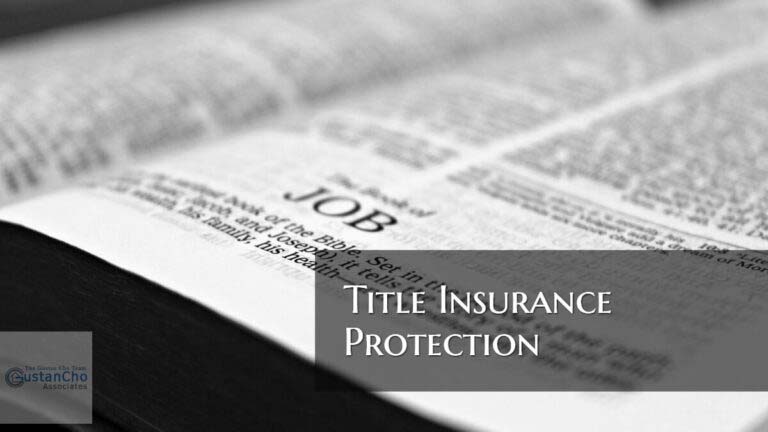Owner-Occupant Home Guidelines
This guide covers owner-occupant home guidelines. Both HUD and Fannie Mae have strict guidelines when it comes to owner-occupant financing. First of all, HUD, the mother of FHA loans, only offers owner occupant mortgages. HUD does not offer second home financing or investment home financing with FHA loans.
Fannie Mae offers owner-occupant loans, second home loans as well as investment home loans. Owner-occupant mortgage loans require that the mortgage note holder needs to have their home as their principal residence.
Homeowners must occupy their home for at least six or more months out of the year. Their driver’s license, as well as their mail, needs to go to the owner-occupied address. Their tax returns need to state that they live in their owner-occupant home. In this blog, we will discuss primary home guidelines with a second home purchase.
What Are The Owner-Occupant Home Mortgage Guidelines
Owner-occupant home mortgage guidelines refer to the criteria and requirements that lenders set for individuals who want to finance the purchase of a home that they intend to live in as their primary residence. These guidelines are designed to assess the borrower’s creditworthiness, financial stability, and ability to repay the loan. Keep in mind that specific requirements can vary between lenders, so it’s essential to consult with a mortgage professional for the most accurate information.
Difference Between Owner-Occupant Home Versus Investment Property Guidelines
In this section, we will cover some general guidelines commonly associated with owner-occupant home mortgages. Lenders typically have minimum credit score requirements. A higher credit score can often lead to more favorable loan terms. Borrowers are usually required to make a down payment, which is a percentage of the home’s purchase price.
Owner-occupant homes require less down payment versus investment properties. The down payment amount can vary, but it is often around 3% to 20% of the home’s value.
Lenders assess the borrower’s ability to manage monthly mortgage payments by considering their DTI ratio. This ratio compares the borrower’s monthly debt payments to their gross monthly income. Borrowers need to provide proof of income, such as pay stubs, tax returns, and employment verification. Lenders typically prefer borrowers with a stable employment history. Consistent employment can enhance the borrower’s credibility and ability to repay the loan. Borrowers are typically required to be either U.S. citizens or legal residents. Lenders may also require a certain length of residency in the country.
Types of Properties Eligible For Owner-Occupant Home
The property being financed is usually appraised to determine its current market value. This is to ensure that the loan amount is proportionate to the property’s worth. If the down payment is less than 20%, lenders may require the borrower to pay for private mortgage insurance to protect the lender in case of default.
Types of Mortgage Loans For Owner-Occupant Homes
There are various types of mortgages, such as fixed-rate mortgages and adjustable-rate mortgages. Borrowers need to choose the type that best suits their financial situation and preferences. Some lenders may have restrictions on the type of property they will finance, so it’s important to ensure that the desired property meets their criteria. It’s crucial to work with a qualified mortgage professional who can guide you through the specific requirements of different loan programs and help you find the best mortgage option based on your financial situation and goals.
Down Payment For Owner-Occupant Homes
Primary homes have the least amount of down payment required as well as the lowest interest rates. For HUD primary homes only require 3.5% down payment and for conventional loans, a minimum of 5% down payment is required for owner occupant homes. For second homes, Fannie Mae requires a minimum of 10% down payment. For investment homes, Fannie Mae’s down payment requirement is 15% to 20% down on an investment home purchase. Occupancy fraud is mortgage fraud:
I strongly suggest that you do not go there and that no money in the world is worth the severe penalties of getting caught. HUD or FANNIE MAE do conduct random audits when it comes to residency and occupancy verification.
There are circumstances where you may need out of your current home and purchase another home due to a job relocation or due to needing more space due to your expanding family. The question that many homeowners ask me is whether or not you can qualify for another home if you currently have a primary home without selling the first primary home. That answer is YES but depending on the circumstances.
How Do I Qualify For Another Owner-Occupant Home?
When you first purchased your first home as a primary home, you have signed an affidavit stating that you are intending in living in the subject property and do not have any plans on renting it. Both HUD and FANNIE MAE, as well as your lender, expect you to reside in the newly purchased home for at least 12 months.
You can qualify for another owner occupant home if you got a sudden job transfer or another job that is beyond commuting distance.
If you are living in a smaller home and you need more space and are seeking a larger home due to having a baby on the way or your in-laws moving in with you, you will qualify for another owner occupant home. This can be done without the need to sell your first owner-occupant home. The deal needs to make sense.
Owner-Occupant Home Guidelines on Job Transfer
The square footage of your second owner occupant home needs to be at least 30% greater than your current home or you need to be upgrading from moving from either a condominium or townhome to a home. There is no distance requirement. You can move down the street if you are upgrading to a larger home.
Homebuyers who gets a job transfer or new job beyond commuting distance, they can get an exception where the second home purchase close to work can be an owner-occupant home.
On a job transfer or a new full-time job, a home purchase near the new job can be classified as an owner-occupant home The new job needs to be beyond commuting distance of 100 or more miles or in a different state. For example, if you purchase a primary home in the state of Illinois and you got another job offer or job transfer in the state of Florida and provide proof, you will definitely qualify for another primary home purchase. This can be done without the need to sell your first owner occupant home. However, you need to qualify for both mortgage loans in your debt to income calculations.
How Can I Use Rental Income on My First Owner-Occupant Home?
You do not have to refinance and pay down your mortgage loan to utilize the potential rental income in order to qualify for the debt to income ratios. You need to get an appraisal for your first owner occupant home. Whatever the appraisal value is, you need to pay down your current mortgage to reflect that you have at least 25% equity on your first owner occupant home.
Renting your first owner occupant home is allowed, however, the rental income or potential rental income cannot be used unless you have at least 25% equity in your first owner occupant home.
This needs to be done in order to be able to use the potential rental income to qualify for the debt to income calculation for your second owner occupant home purchase. Even though you are planning on selling your first owner occupant home or your first owner occupant home is listed with a realtor, the home’s housing payment will be used to calculate your new loan’s debt-to-income ratios.
Moving From Multi-Unit To Single Family Home
Any property up to a 4 unit building is considered a residential home and have the same mortgage lending guidelines as a single family home. Those who are currently living in a multi-unit building and have an owner occupant mortgage loan can qualify for a second owner occupant home if they are intending on purchasing a single family home. The homeowner needs to have lived in the owner occupant multi-unit for at least 12 months. This is especially common when a single homeowner buys a multi-family home and decides to get married and raise a family where a single family home is more practical.
Multi-Unit Properties Mortgage Fraud
As mentioned in the previous paragraph, any properties up to 4 units are considered residential homes and residential mortgage lending guidelines apply. HUD allows those owner occupant multi-unit property buyers only to put a 3.5% down payment where FANNIE MAE, conventional loan programs, require a 15% down payment for 2 to 4 units. There are multi-unit home buyers where they see no harm in purchasing a 2 to 4 unit multi-unit property with the intent on renting out all of the units and having no intent in living in one of the units.
The home buyer normally has other living arrangements such as living with a girlfriend or boyfriend or family members and capitalizing on the rent.
Borrowers sign a sworn statement that they are obtaining a mortgage and intending on living in one of the units. Although the multi-unit home buyer sees nothing wrong with it because they are intending on paying the mortgage payments timely, they are committing mortgage fraud and the consequences can be severe. The federal government does not condone mortgage fraud and lying or misstating facts on a mortgage application is nothing less than a felony and there will be severe consequences.







